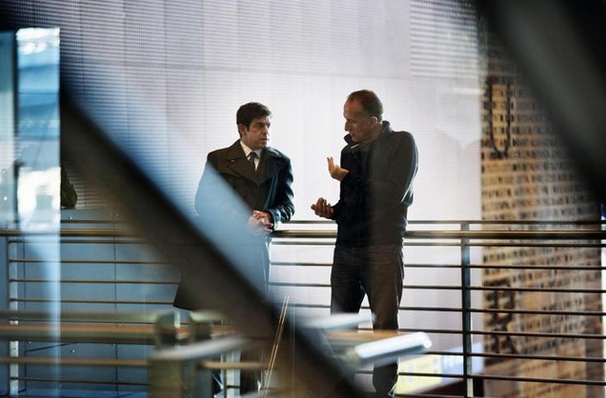
(ANSA) –– Is this the set for a movie or a news report? Stefano Sollima—director of the TV series Romanzo Criminale and Gomorra—found himself during the last days on set directing a work of such staggering actuality that it could be mistaken for a documentary. Suburra is to the Mafia Capital what Gomorrah was to the Neapolitan Camorra. Both the book by De Cataldo and Bonini, as well as that of Saviano, precluded the judicial inquiries and inspired cinematographic scripts strongly anchored in reality.
We are on set, in the dead center of the city inside the Church of St. Lucia in Via Monte Brianzo, shadowed by the Palazzaccio, while Elio Germano attends his father’s funeral. In the morning the shooting took place at the Verano cemetery. We are at the end of 11 weeks of filming, between Rome’s center and the periphery, between Testaccio and Ostia, Palazzo Chigi and Trastevere, for the ultra spectacular film produced by Cattleya, equipped with explosions, robberies, mass movements, and complex scenes involving up to 1900 extras. A bloody showdown in a supermarket was filmed, for example, in the shoppingcenters Porta di Roma and Euroma 2.
At the heart of the film is ”the decline of Rome; that interweaving of colluded powers that devours the city from its foundations,” says the director, who, during an exclusive ANSA visit on set, advises us not to marvel much at the reports on the investigation. The novel Suburra already traced certain scenarios, from the investigation on the 4 kings of Rome by Lirio Abbate for Espresso, to the anticipation of the the Tempesta perfetta that was about to be unleashed, written for Fanpage.
Today we are filming a movie that sinks into reality even with a fictional story. In Suburra we have a politician embroiled up to his neck, Filippo Malgradi (Pierfrancesco Favino); a PR who feels like the hotshot of Rome aiding meetings between crime and politics, Sebastiano (Elio Germano); and a Mafia boss, heir to the Magliana gang, Samurai (Claudio Amendola).
